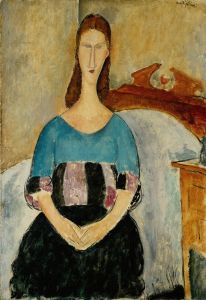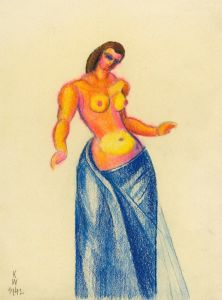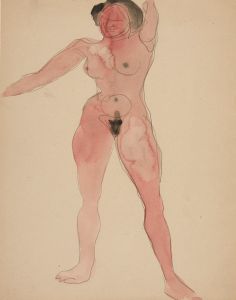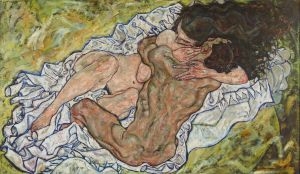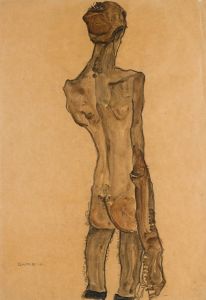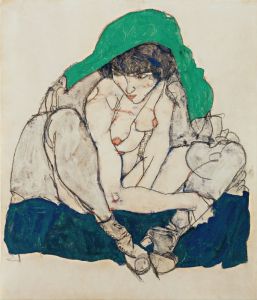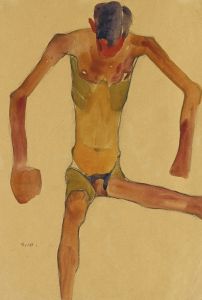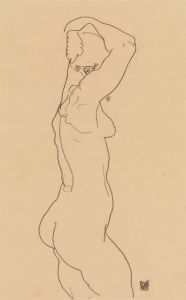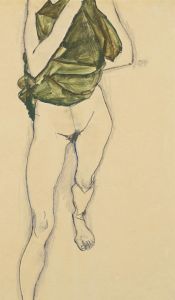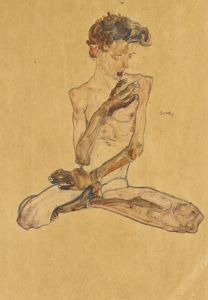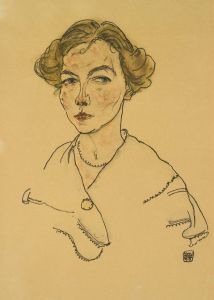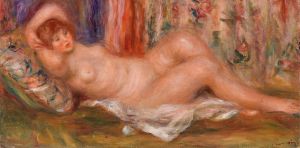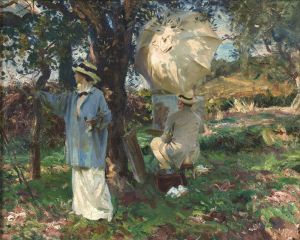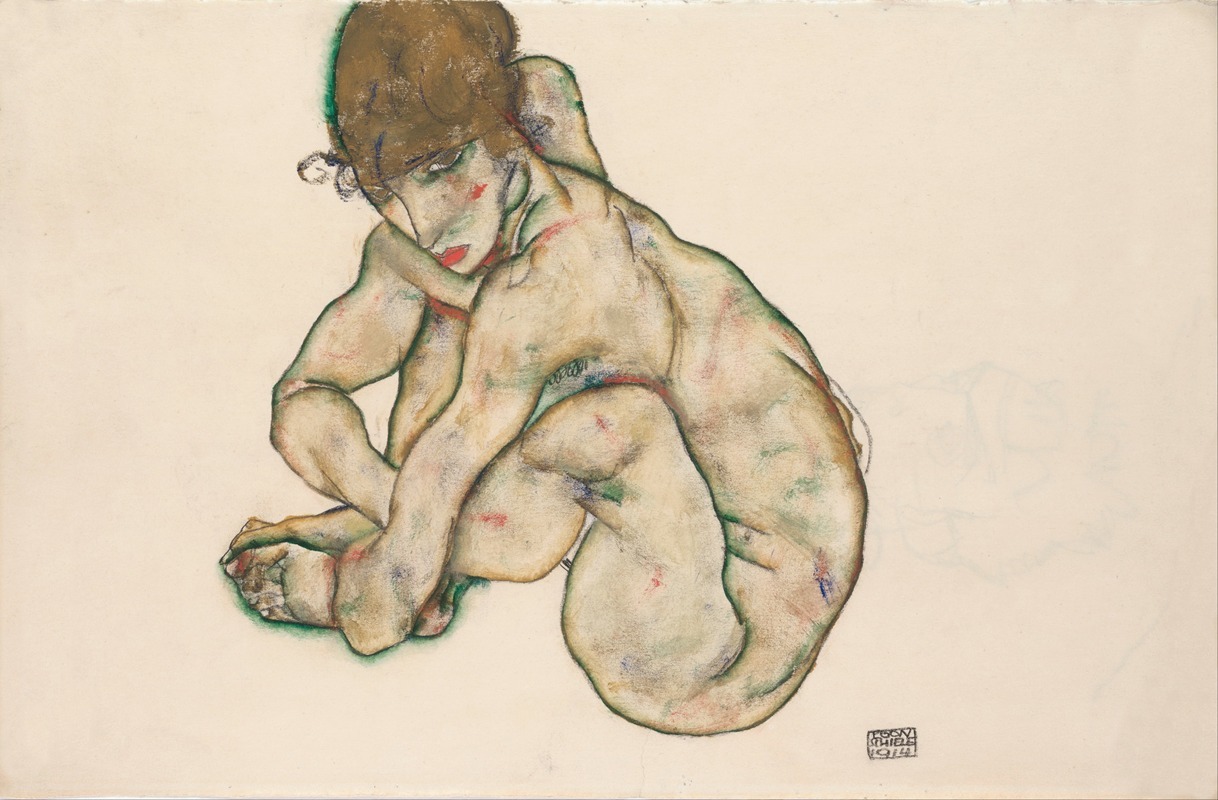
Crouching Nude Girl
A hand-painted replica of Egon Schiele’s masterpiece Crouching Nude Girl, meticulously crafted by professional artists to capture the true essence of the original. Each piece is created with museum-quality canvas and rare mineral pigments, carefully painted by experienced artists with delicate brushstrokes and rich, layered colors to perfectly recreate the texture of the original artwork. Unlike machine-printed reproductions, this hand-painted version brings the painting to life, infused with the artist’s emotions and skill in every stroke. Whether for personal collection or home decoration, it instantly elevates the artistic atmosphere of any space.
Egon Schiele, an Austrian painter known for his distinctive style and provocative subject matter, created "Crouching Nude Girl" in 1918. This artwork is a notable example of Schiele's exploration of the human form and his ability to convey intense emotion and psychological depth through his depictions of the body.
Schiele was a protégé of Gustav Klimt and a major figure in the early 20th-century Viennese art scene. His work is often associated with the Expressionist movement, characterized by its focus on representing emotional experiences rather than physical reality. Schiele's art is marked by its raw, often unsettling portrayal of the human figure, and "Crouching Nude Girl" is no exception.
The painting features a young female figure in a crouched position, her body contorted in a way that emphasizes both vulnerability and strength. Schiele's use of line is particularly striking; his bold, angular strokes create a sense of tension and movement within the composition. The figure's pose is both intimate and confrontational, inviting the viewer to engage with the subject on a personal level.
Schiele's approach to the nude was revolutionary for his time. Unlike many of his contemporaries, who idealized the human form, Schiele presented his subjects in a more realistic and sometimes unflattering light. This honest portrayal of the human body was both celebrated and criticized, as it challenged traditional notions of beauty and propriety in art.
The color palette of "Crouching Nude Girl" is subdued, with earthy tones that enhance the somber mood of the piece. Schiele often used color sparingly, focusing instead on the power of line and form to convey emotion. This minimalist approach allows the viewer to focus on the psychological intensity of the subject, rather than being distracted by elaborate details or vibrant colors.
Schiele's work, including "Crouching Nude Girl," was influenced by the socio-political climate of early 20th-century Europe. The period was marked by significant upheaval and change, and Schiele's art reflects the anxieties and uncertainties of the time. His exploration of themes such as identity, sexuality, and mortality resonated with audiences then and continues to do so today.
Despite his relatively short career—Schiele died at the age of 28 from the Spanish flu pandemic in 1918—his impact on the art world was profound. His willingness to push boundaries and explore taboo subjects paved the way for future generations of artists. Today, Schiele is celebrated as one of the most important figures in modern art, and his works are held in major collections around the world.
"Crouching Nude Girl" exemplifies Schiele's unique artistic vision and his ability to capture the complexities of the human condition. Through his innovative use of line, form, and color, Schiele created a piece that continues to captivate and challenge viewers, inviting them to confront their own perceptions of beauty and vulnerability.





